Social / Demographics
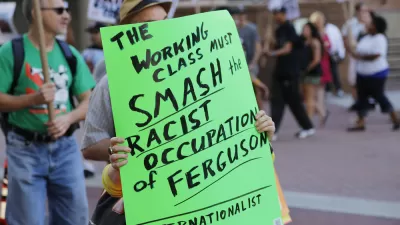
Ferguson Conflict Provides Lessons in Suburban Poverty
A post by Brookings explains how the racial tensions and violent clashes between police and protestors in the St. Louis suburb of Ferguson are a symptom of common contemporary archetype: the impoverished suburb.
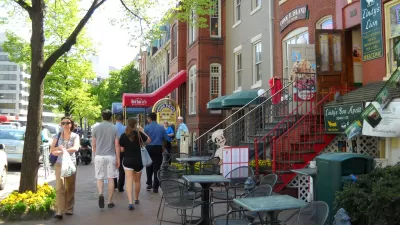
A Collection of Benefits for 'Walkable, Compact, Diverse' Neighborhoods
A meta-analysis published in Housing Policy Debate finds that extensive studies in recent years support positive claims about walkable neighborhoods.
Tourism's Negative Effects in Italian Art Cities
With about 353 tourists per resident in the historic city center of Venice, many residents are fleeing the crowds and moving onto the mainland, making the city a "monument-attraction," rather than a viable living space.
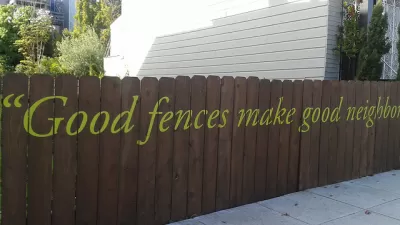
Editorial Supports Blocking Access from Detroit to its Suburbs
Grosse Point Park, which borders Detroit, has blocked streets that connect its commercial district from the east side of Detroit. An editorial from the Detroit News says that the focus should be on making Detroit a better neighbor.
Domestic Migration, Visualized
The New York Times recently visualized domestic migration and population makeup for each state in the United States from 1900 until today using Census data.
The Many Benefits of a 'Downtown Ward 7' in Washington D.C.
Efforts to grow a downtown in a historically neglected part of Washington, D.C. would do more than bring business to the area. Studies show that the built environment has huge impacts on health—obesity, asthma, and even teen pregnancy.
Income Inequality Worse in 2 of 3 American Metropolitan Areas
A new report by the U.S. Conference of Mayors highlights the growing income divide, breaking the data down to the local level and finding that income inequality grew in two out of three metro areas between 2005 and 2012.
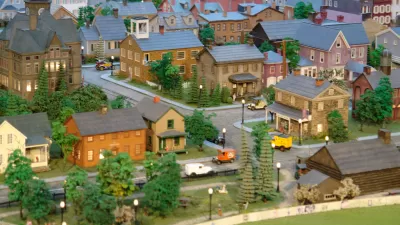
The Death of Neighborhoods
In the same vein that Robert Putnam explored decaying community and social capital in American in his work, Bowling Alone, Brian Bethune discusses how the decay of Western communities shapes our health and political realms.
How the Twin Cities Transports its Aging Population
Dave Beal provides thorough coverage of the demographic and geographic challenges facing transportation for the aging in the Twin Cities region, where the need for such services is increasing as the population ages.

Millennial Fever: Taking Stock of Denver Placemaking
Denver's investments in placemaking—guided by the city's great appeal to Millennials—are a mixed bag of hits, misses, and open questions.
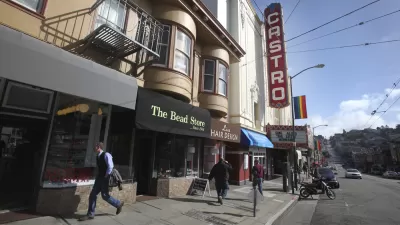
Do Evolving Neighborhoods Mean Dissolving Communities?
Exploding housing costs and changing social attitudes are altering the demographics of established gay neighborhoods in several big cities. As communities become more fluid, do we risk losing their culture?
Unbundling Parking Costs to Keep Families in Cities
Cities tend to attract Millennials, but as the saying goes, when they get older and start families, off they go to the suburbs! Seattle developer and author A-P Hurd promotes parking unbundling as a key strategy enabling families to remain in cities.
Researchers Pull Social Media Data to Track Migration
The limitations (and inaccuracies) of traditional data sources like the U.S. Census are well known, so researchers are looking social media to gather the data necessary to draw conclusions about societal movements.
Multi-Generational Housing not only for Oldest Adults, Also Young Adults.
The Great Recession spiked the amount of young adults (aged 25-34) living in multi-generational housing, which has now surpassed the share of oldest adults (age 85+) living in these types of household structures.
Can the Walton Family Help Reverse Arkansas Sprawl?
Led by the Walton Family Foundation, Northwest Arkansas officials look to "sense of place" and walkable urban solutions for future economic growth and attraction of talent.
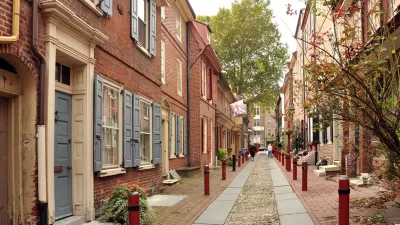
Revisiting the Common Sense Elements of City Life
Chuck Wolfe revisits five instances of how we can learn from the urbanism we already have.
Study uses Google Street View to Assess Gentrification
By assessing three different groups of indicators, researchers were able to tour thousands of blocks in Chicago through Google Street View and compare visual signs of reinvestment and renewal between 2007 and 2009.
Inequality Deepening in U.S. Metros of all Sizes and Locations
A recent post by Richard Florida, working in partnership with the Martin Prosperity Institute, examines where (and how much) income inequality grew in U.S. metros between 2006 and 2012.
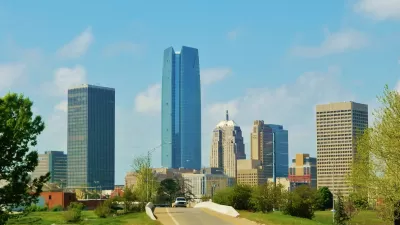
The Fastest Growing Cities are Affordable Cities
Although Americans are moving less, many of those that have migrated recently have decamped to inland cities where they can afford the cost of housing, according to an article by Shaila Dewan.
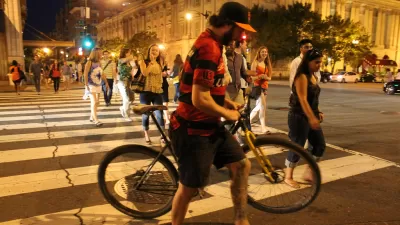
Surveying the Most Affordable Stomping Grounds for Millennials
Everyone knows a Millennial-friendly neighborhood when they see one, but which places are most friendly to the wallets of Millennials?
Pagination
Urban Design for Planners 1: Software Tools
This six-course series explores essential urban design concepts using open source software and equips planners with the tools they need to participate fully in the urban design process.
Planning for Universal Design
Learn the tools for implementing Universal Design in planning regulations.
Gallatin County Department of Planning & Community Development
Heyer Gruel & Associates PA
JM Goldson LLC
City of Camden Redevelopment Agency
City of Astoria
Transportation Research & Education Center (TREC) at Portland State University
Jefferson Parish Government
Camden Redevelopment Agency
City of Claremont


































